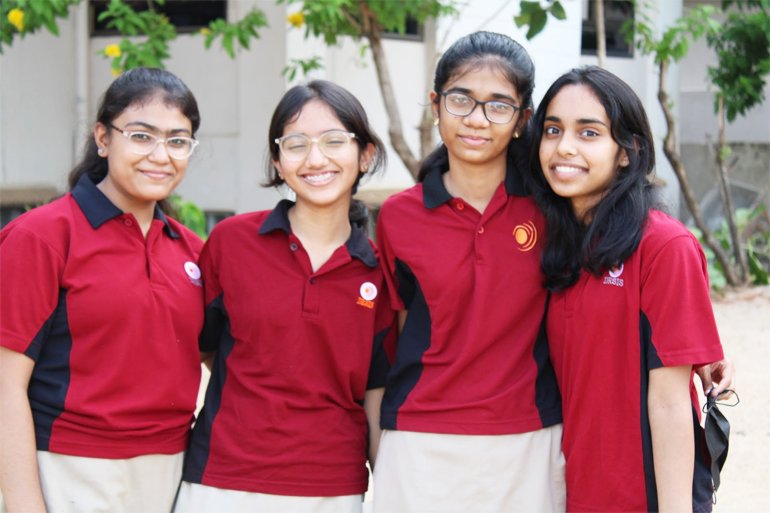Tackling Gender Bias
Gender is a dynamic concept. Gender roles for men and women vary from one culture to another, from one social group to another within the same culture. Our social analysis becomes finer, our social interventions are more finely tuned, when we are aware of all the complex ways in which society slots people into different categories and roles.
Gender Bias is a set of interlocking dynamics with lots of well-meaning people developing principles, implementing systems and structures that fundamentally bias, intolerant, and marginalize women. Gender Bias is a predisposition of favouring one gender over another. It is a kind of implicit bias that tends to happen when an individual unknowingly acts with stereotypical attitudes towards another individual or a group of individuals. In modern-day society, gender bias is referred to as favoritism towards men and the preferential treatment that they receive. It means developing a perspective against women merely because of their gender.
Women’s exploitation is an age-old cultural phenomenon of Indian Society. 42% of women experience gender discrimination at work. A study conducted by World Economic Forum (WEF) found that women have only 68% of the rights, opportunities, and access to resources enjoyed by the world’s men and this gap is varying from one country to another. The assignment of roles, tasks, and responsibilities to a particular gender based on preconceived prejudices are Gender Stereotyping, and that widening gap between them is Gender Gap.
Gender issues are man-made because a nation is shaped by the stories its children are told and a nation is sustained by the stories it tells to itself. Discrimination against females starts with their birth and continues through their lives. We can witness how cruel the world has turned out towards women by looking at tragic incidents of female feticide and infanticide.
Discrimination against women and girls is a pervasive and long-run phenomenon that characterizes Indian Society at every level. The analysis of the World Economic Forum (WEF) estimates it will take another century before true gender equality becomes a reality.
Causes of Gender Bias
- Poverty
- Illiteracy
- Family discouragement
- Patriarchal Setup in Indian Society
- Social customs, beliefs, and practices
- Lack of Awareness among women
Measures
- For India to maintain its position as a global growth leader, more concerted efforts at the local and national levels, and by the private sector are needed to bring women to parity with men.
- Educating Indian children from an early age about the importance of gender equality could be a meaningful start in that direction.
- Decision-makers must increase awareness of their own biases and try to recognize when their gender is unconsciously or implicitly biased.
- We need to accept both men and women in counter-stereotypical roles. Breaking gender stereotypes means that we need to allow all members of society the freedom to choose the roles most suited to them.
- The feminist movement promotes women rights to end gender bias against females by addressing issues such as equality under the law, the political representation of females, access to education and employment, female victims of domestic violence.
- Bringing meaningful change is possible only by creating systems designed to eliminate bias. Government policy is one of the most systematic ways of creating change. Effective implementation of existing laws and policies can bring tremendous changes in society.
We focus too much on the roles of individuals in perpetuating or solving these issues, blaming men and burdening women. While it is important for us to take individual responsibility, we must also acknowledge that these issues are rooted in the way we view the leader prototype and gender stereotypes. Gender discrimination against women in India can only be controlled when their opportunity to grow in life is not denied.
Gender-neutral is an approach towards planning and policy-making that assumes the impact of women, men, girls, and boys as if they’re a part of one homogenous group, which can be the best way possible.
Gender bias cannot be fully eliminated merely by legal and administrative measures. The educated people should take the responsibility of developing a national consciousness in cultivating a sense of gender equality. There is a need for changes in perception towards women in society. Human society would be advantaged only if women are treated equally and not deprived of their rights.
Bibliography
Global Gender Gap Report 2021: World Economic Forum https://www3.weforum.org/docs/WEF_GGGR_2021.pdf
BlueCross BlueShield Minnesota https://www.bluecrossmn.com/sites/default/files/DAM/2021-03/BCBSMN-RHE_What-is-Bias.pdf
Gender Bias in Education: A Journal by Dr. Manisha Sharma and Ms. Parikh https://ejmcm.com/article_6019_ab28d12f6698353ee3b3b72f90587e3b.pdf
An article from Sociology iResearchNet http://sociology.iresearchnet.com/sociology-of-gender/gender-bias/














